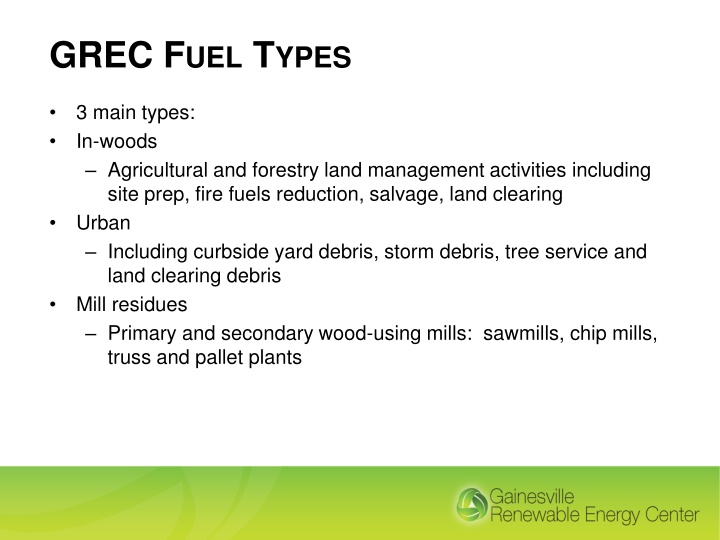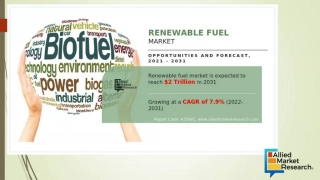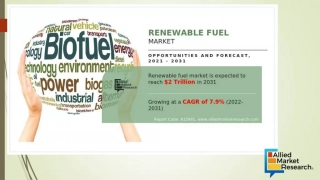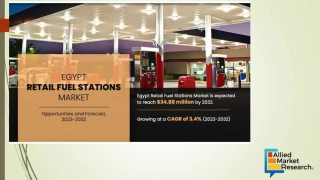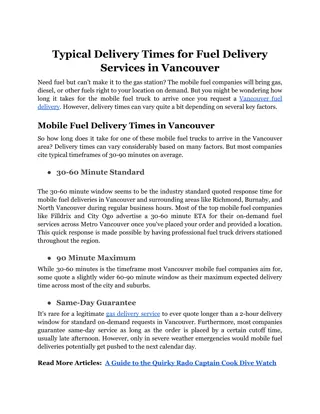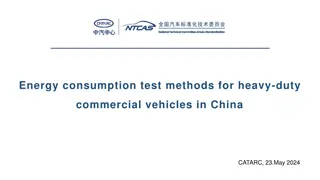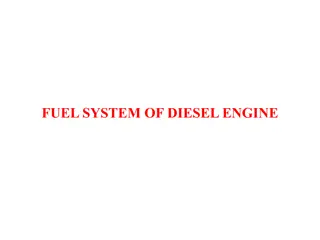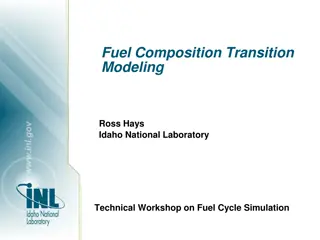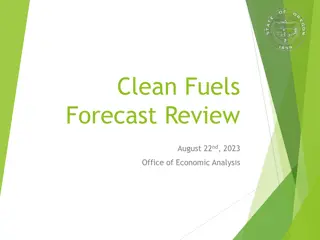GREC Fuel Types and Availability
This data provides insights into the main types of fuel sources in the GREC region, including in-woods, urban, and mill residues. It also presents information on fuel characteristics, availability, historic sourcing, supply chain characteristics, and fuel costs relating to moisture content, ash content, tonnage, and producers.
Download Presentation

Please find below an Image/Link to download the presentation.
The content on the website is provided AS IS for your information and personal use only. It may not be sold, licensed, or shared on other websites without obtaining consent from the author.If you encounter any issues during the download, it is possible that the publisher has removed the file from their server.
You are allowed to download the files provided on this website for personal or commercial use, subject to the condition that they are used lawfully. All files are the property of their respective owners.
The content on the website is provided AS IS for your information and personal use only. It may not be sold, licensed, or shared on other websites without obtaining consent from the author.
E N D
Presentation Transcript
GREC FUEL TYPES 3 main types: In-woods Agricultural and forestry land management activities including site prep, fire fuels reduction, salvage, land clearing Urban Including curbside yard debris, storm debris, tree service and land clearing debris Mill residues Primary and secondary wood-using mills: sawmills, chip mills, truss and pallet plants
GREC TYPICAL FUEL CHARACTERISTICS Type Moisture content 36 - 42% 25 - 45% 12% Ash content Btu/dry lb In-woods Urban Mill residues (dry) Mill residues (green) < 2% 2% - 10% < 1% 8,450 8,200 9,100 45 - 52% < 1% 9,100
GREC FUEL AVAILABILITY In-woods > 5 million acres of timberland in GREC supply shed, generating > 7 million tons of conventional roundwood products Logging residues and other agricultural land management activity generate > 1 million tons of fuel wood Urban > 700,000 tons of urban wood waste generated within an economic haul distance to GREC Mill residues Primary wood-using mills in supply area generate > 2 million tons of residues
GREC HISTORIC FUEL SOURCING Tons Year 2014 2015 2016 2017 In-woods 526,085 394,738 37,299 181,819 Urban 196,074 44,536 2,071 15,904 Mill residue 39,346 36,134 17,540 Total 761,505 475,408 56,910 204,560 6,837
GREC SUPPLY CHAIN CHARACTERISTICS > 20 fuel producers of all types In-woods producers (7): all have chip equipment; most with trucking capacity, others contract trucking Urban producers (>10): most have grinders; some have trucking Average haul distance for in-woods fuel typically 50-55 miles; urban often greater (Jacksonville, I-4 corridor)
GREC FUEL COSTS Delivered fuel costs function of: type/quality, distance, diesel fuel prices, moisture content, dispatch characteristics Most fuel contracted for on a dry weight basis Fuel contracts contain adjusters for diesel fuel prices Urban fuel typically has adjusters for ash content Costs for all fuel reflect the distance that it is hauled Unpredictable dispatch conditions increase fuel costs
FUEL SUPPLY OVERVIEW Summary of fuel sourcing 1/1/17-6/30/17: As-rec d. tons $/as- rec d. ton Category MC $/dry ton $/MMBtu % Furnish In-woods 181,819 39.7% $ 28.75 $ 47.65 $ 2.82 88.9% Mill residue 6,837 26.1% $ 28.59 $ 38.71 $ 2.13 3.3% Urban 15,904 30.7% $ 22.40 $ 32.31 $ 1.97 7.8% TOTAL 204,560 38.5% $ 28.25 $ 45.94 $ 2.72 100% 6
FUEL PROCUREMENT STAFFING 4 full time positions: Fuel Procurement Manager, Biomass Forester, Quality Control Technician, Scale Attendant Development and maintenance of fuel supply chain. Fuel delivery scheduling and preparation of fuel payments. Operation of scales and ticketing system; facilitation of truck dump operation. Fuel quality control oversight including in-house analysis of fuel moisture and ash content. Oversight of forest-sourced fuel Minimum Sustainability Standards (MSS). Forest Stewardship Council (FSC) Controlled Wood and Chain of Custody certification maintenance. 7
